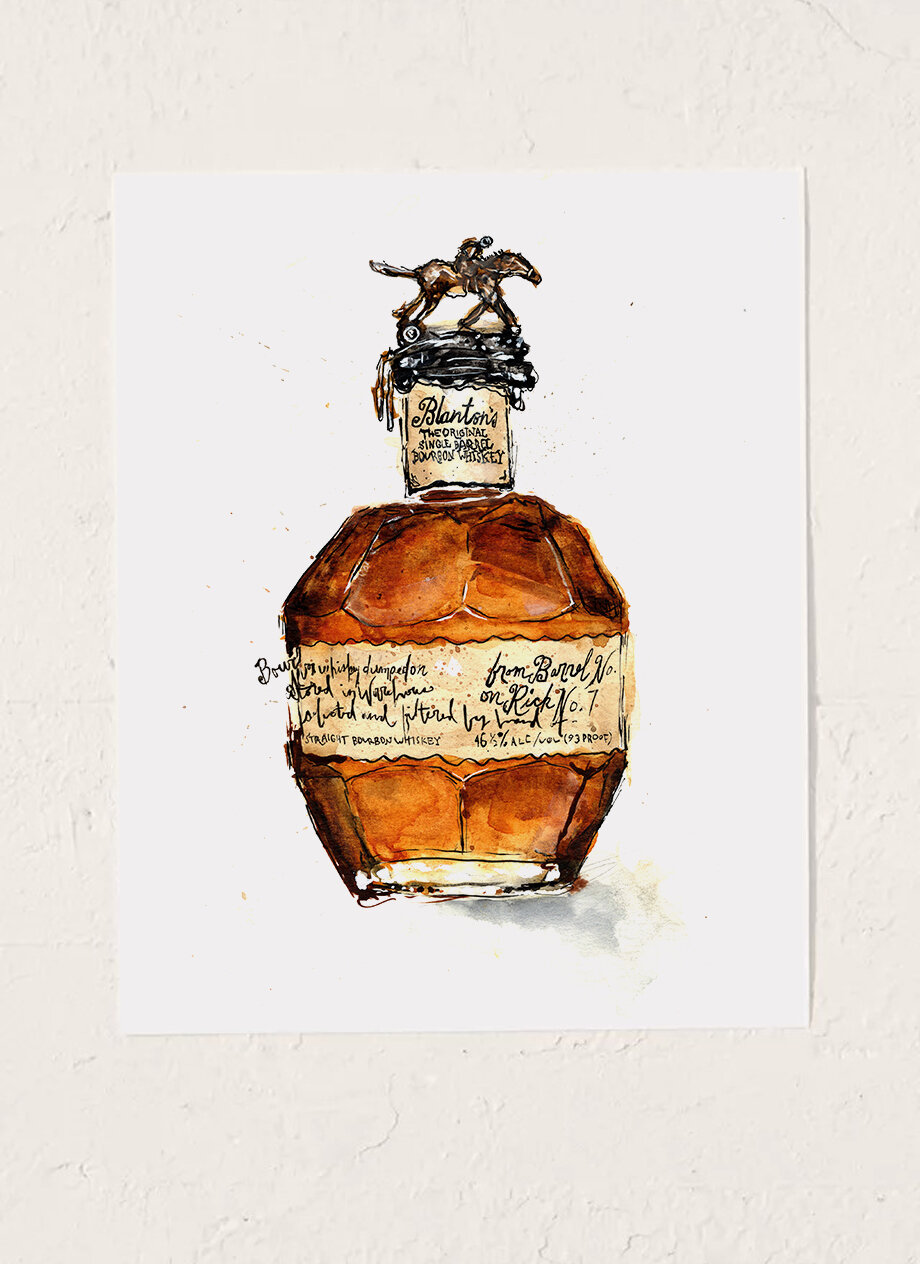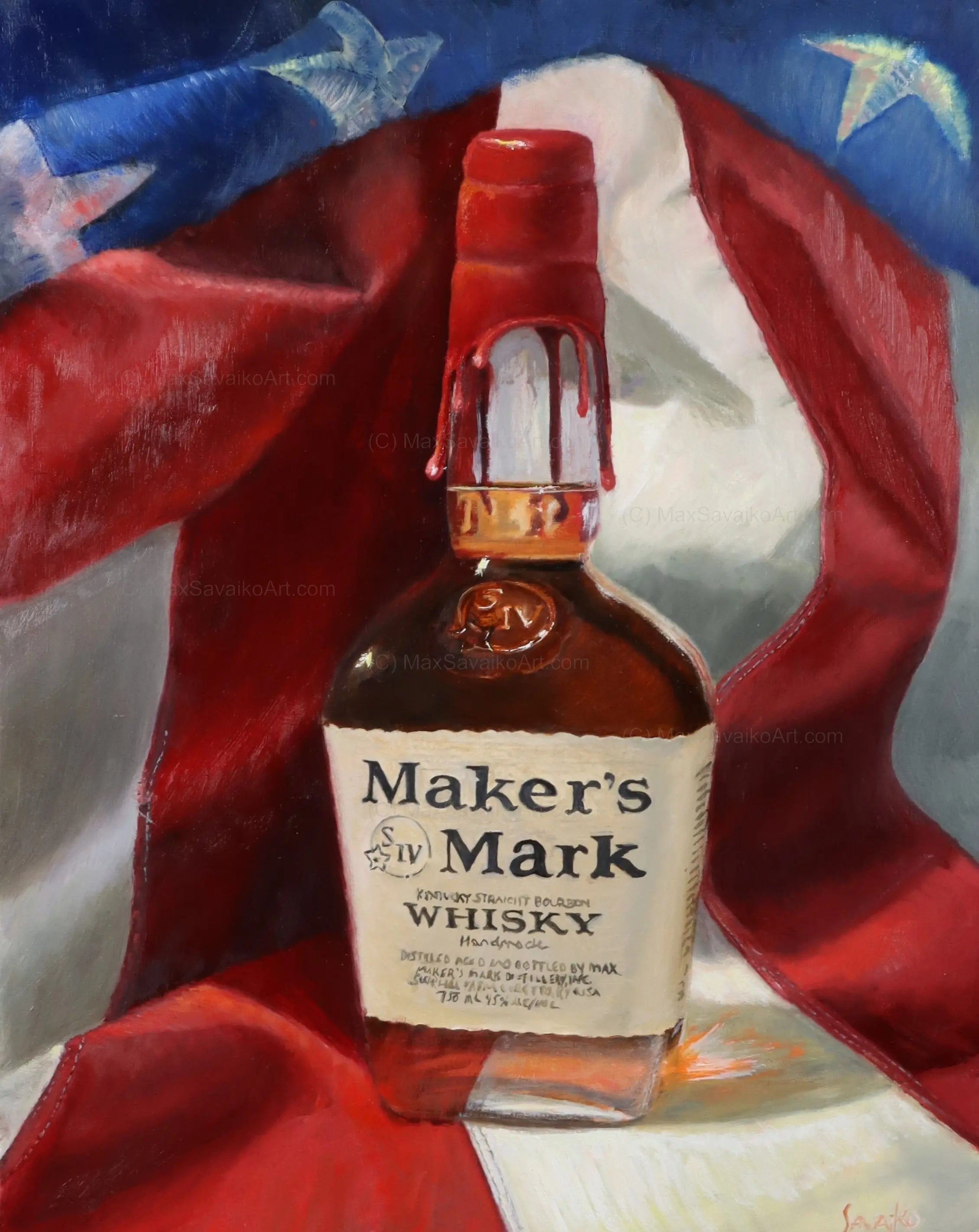Limited Edition Bourbon Art: Why Collectors Are Crowding to One-of-a-kind Finds
Limited Edition Bourbon Art: Why Collectors Are Crowding to One-of-a-kind Finds
Blog Article
The Value of Whiskey Art in Celebrating Heritage and Craftsmanship in the Beverage Sector
The complex connection between scotch art and the celebration of heritage and workmanship within the beverage sector can not be overstated. Via thoughtfully made bottles and tags, whiskey brand names encapsulate their historical origins and the artisanal skills that specify their manufacturing techniques.
The Historic Roots of Whiskey
At the heart of whiskey's attraction exists a rich tapestry of historic origins that trace back to old civilizations. The beginnings of bourbon can be linked to the purification practices of the Sumerians and Babylonians around 2000 BCE, where very early forms of fermented grain beverages started to arise. It was in the Middle Ages that the art of distillation progressed significantly, especially in Ireland and Scotland, leading to the development of bourbon as we know it today.
The term "whiskey" itself stems from the Gaelic word "uisce beatha," meaning "water of life." This phrase highlights the social value of bourbon in Celtic societies, where it was typically related to routines, parties, and communal bonding. By the 15th century, distillation became an acknowledged craft within monastic neighborhoods, leading the way for the facility of lawful distilleries.
As trade routes broadened, scotch's appeal grew, transcending local limits and catching the passion of aficionados worldwide. Realism Art. This historic trip shows not only the craftsmanship behind whiskey production but also its essential function in cultural and social contexts, marking it as a significant drink throughout background
Artistic Expression in Branding
Bourbon branding stands as an engaging junction of virtuosity and business, where visual identity plays an essential role fit customer assumption. The aesthetics of whiskey tags, product packaging, and advertising materials reflect not just the brand name's story but additionally its core worths and heritage. Through creative expression, distilleries convey a narrative that reverberates with consumers, evoking feelings and stimulating connections.
Making use of shade, typography, and imagery in branding offers to distinguish items in a saturated market. Conventional concepts may stimulate a sense of credibility and workmanship, while contemporary layouts can represent technology and forward-thinking. This tactical imaginative direction improves brand name recognition and loyalty, permitting consumers to create an individual relationship with the bourbon they choose.
Furthermore, imaginative expression in branding frequently works as a party of regional heritage. Distilleries often include local signs or historic referrals into their styles, producing a feeling of place that invites customers to take part in a more comprehensive social experience. Ultimately, the creativity behind scotch branding not just boosts aesthetic appeal but likewise improves the total narrative of the brand, fostering a deeper recognition for the workmanship and heritage ingrained in each container.
Workmanship in Container Layout
The artistry apparent in scotch branding prolongs beyond visual identity to include the craftsmanship included in bottle style. Each bottle acts as a vessel not just for the spirit within, but additionally for the tale it outlines its high quality, custom, and origin. The design process calls for thorough focus to information, as elements such as shape, closure, and product add dramatically to the total understanding of the scotch.
Craftsmanship in container style involves selecting high-quality glass that can boost the bourbon's color and clarity, while additionally giving a tactile experience for the consumer. The shape of the bottle must be both cosmetically attractive and practical, frequently mirroring the heritage of the brand. Many distilleries select special shapes or printed logos that stimulate a sense of credibility and background.
Additionally, the label layout and typography play an important role in connecting the brand's story. Bourbon Art. A well-crafted container not only mesmerizes the consumer's eye yet also enhances the brand's dedication to quality and custom. By doing this, the craftsmanship of container design ends up being a vital facet of the whiskey experience, merging virtuosity with a profound regard for heritage
Social Importance of Bourbon Art
Celebrating custom and workmanship, the social importance of bourbon art find out transcends simple aesthetics, intertwining with the social and historic narratives of the regions where it stems. Each bottle works as a canvas, portraying the one-of-a-kind tales, folklore, and customs that have actually formed neighborhood whiskey-making practices. The complex layouts often show the heritage of the distillers, including icons and motifs that resonate with the culture and values of their neighborhoods.

Furthermore, bourbon art plays an important duty in public events and parties, functioning as a concrete web link between people and their shared experiences. By valuing the artistry in scotch product packaging, customers cultivate a deeper understanding and respect for the craft, inevitably enriching their pleasure of the drink itself.
Modern Trends in Whiskey Presentation
In recent years, the discussion of bourbon has progressed to mirror modern tastes and patterns while still recognizing traditional craftsmanship - Limited Edition. Distilleries are significantly concentrating on aesthetic elements that boost the overall drinking experience, linking the void in between heritage and modernity
Innovative bottle styles have emerged, commonly including lasting products and artistic labels that tell compelling stories. Numerous brands now work together with regional artists, infusing their products with distinct visual expressions that resonate with consumers. Additionally, limited-edition launches are often packaged in collectible containers, adding worth and allure for aficionados.

Verdict
In conclusion, whiskey art works as a crucial avenue for expressing the heritage and craftsmanship intrinsic in the drink industry. Through elaborate branding, ingenious container layouts, and culturally substantial imaginative components, whiskey brands effectively honor their traditions and get in touch with consumers. This creative story not only raises the recognition of bourbon yet additionally enhances area identification and satisfaction among producers. Inevitably, scotch art plays an essential role in preserving and celebrating the abundant social tapestry of whiskey-making.


Workmanship in container style involves picking top notch glass that can improve the whiskey's shade and why not try here clearness, while also offering a tactile experience for the customer. In this method, the workmanship of container design comes to be a crucial aspect of the bourbon experience, merging artistry with an extensive respect for heritage.
In final thought, whiskey art offers as a vital avenue for revealing the heritage and workmanship intrinsic in the beverage market.
Report this page